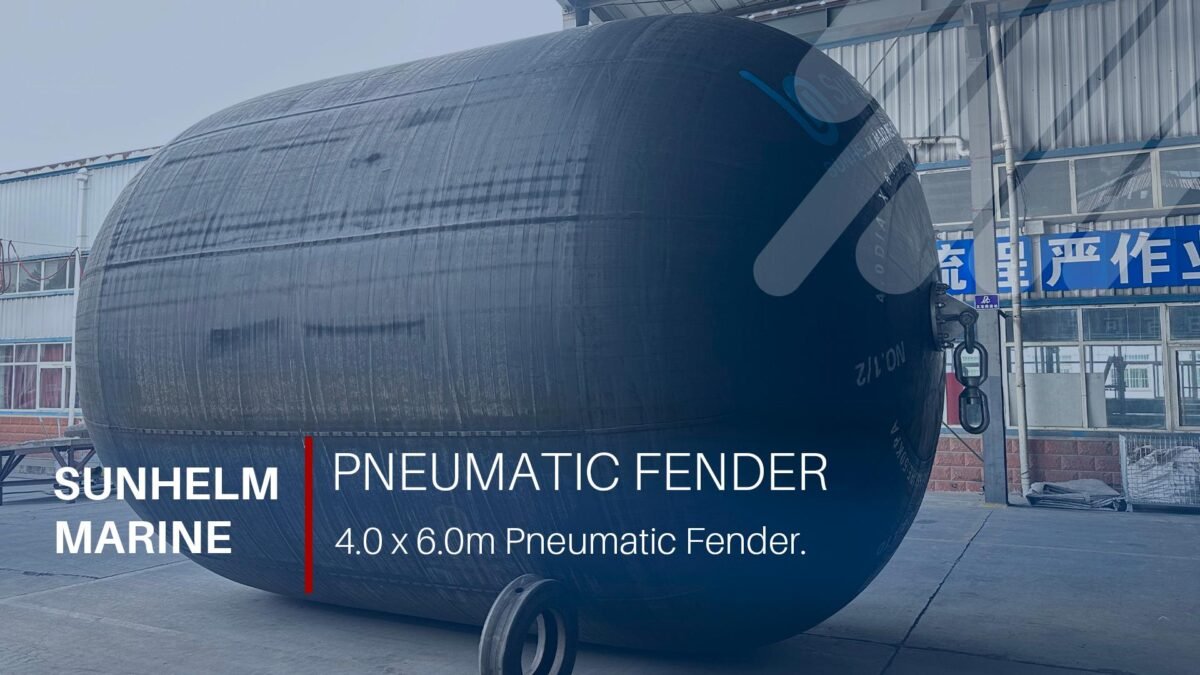Pneumatic Fenders (inflatable fenders) are widely used in various water anti-collision scenarios due to their light weight, excellent cushioning performance, and flexible installation. The following are its typical application scenarios and specific usage methods:
I. Wharf and port anti-collision
1. Fixed wharf fender
Purpose: Protect the wharf structure from collision damage when the ship is berthing.
Configuration: Mostly use cylindrical or D-type inflatable fenders, evenly distributed along the edge of the wharf, fixed by flanges or chains.
Advantages: The air pressure can be adjusted to adapt to ships of different tonnages and reduce the cost of wharf maintenance.
2. Ports with large tidal range
Purpose: Adapt to drastic changes in water level (such as tidal ports).
Configuration: Use high-pressure inflatable fenders (such as working pressure ≥ 0.4MPa) or cooperate with floating fender systems.
II. Ship berthing and mooring
1. Ship side protection
Purpose: Prevent ships from colliding with docks, other ships or offshore facilities.
Configuration: D-type or conical fender, suspended on the side of the ship, with flattened contact surface to reduce friction.
2. Temporary berthing and barge operation
Purpose: Buffering when temporarily berthing or without a fixed dock (such as offshore supply, construction ship).
Configuration: Lightweight cylindrical fender, fast inflation and deflation, easy to store.
3. Large ships (such as container ships, cruise ships)
Purpose: Coping with high-impact berthing.
Configuration: Extra-large diameter fender (≥1.5m) + multi-layer curtain reinforcement structure.
III. Offshore engineering and special scenarios
1. Offshore platform (drilling platform, wind power installation ship)
Purpose: Resist wind and wave impact and protect platform structure.
Configuration: Ultra-high pressure fender (0.5~0.7MPa) + UV protection coating.
2. Inland rivers and locks
Purpose: Ship guidance and collision prevention in narrow waterways.
Configuration: Small inflatable fender (diameter 0.3~0.8m), suitable for low flow rate environment.
3. Military and emergency use
Purpose: Ship berthing, landing craft buffer.
Configuration: Fast inflation and deflation fender, support use under field conditions.
The core application scenarios of pneumatic fenders revolve around buffering, collision avoidance, and adaptation to complex environments, covering everything from ports and docks to offshore projects. When making actual choices, it is necessary to comprehensively evaluate ship parameters, environmental conditions, and cost budgets, and consult professional manufacturers for customized solutions if necessary (such as special requirements such as explosion-proof and extreme temperature resistance).


